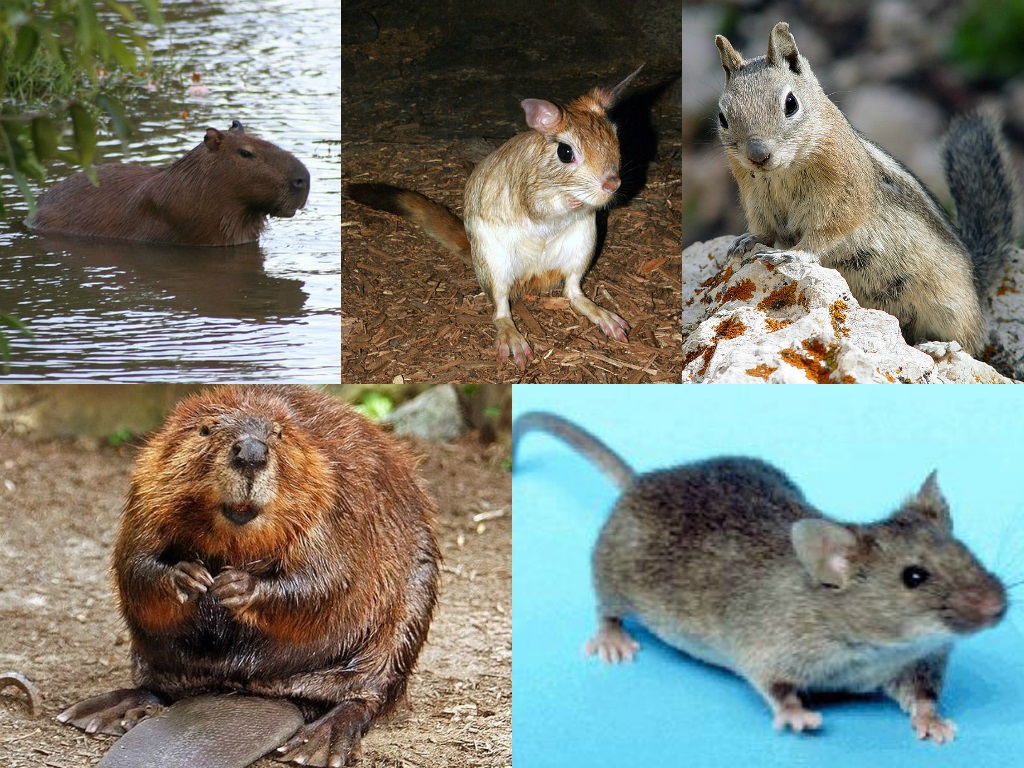Omicron evolves from rodents!

New Delhi, Dec 4: The newly identified Omicron variant of Coronavirus may have evolved in a nonhuman animal species, potentially a rodent by reverse zoonosis, said some scientists. According to this theory, an animal may have picked up SARS-CoV-2, the virus that causes COVID-19, around mid-2020, STAT reported. One key piece of evidence in support of this theory is that omicron diverged from other SARS-CoV-2 variants very far back in time, Kristian Andersen, an immunologist at the Scripps Research Institute, told STAT. Omicron carries seven mutations that would allow the variant to infect rodents, such as mice and rats; other variants of concern, like Alpha, carry only some of these seven mutations, Robert Garry, a professor of microbiology and immunology at Tulane Medical School, told STAT. After accumulating many mutations in the animal, the altered coronavirus then would have made the jump back to humans. This chain of events can be described as reverse zoonosis, in which pathogens jump from humans to animals, followed by zoonosis, in which a germ passes from animals to humans. Compared with other theories about Omicron's origin, such as it evolving in an immune-compromised person or in a human population with poor viral surveillance, "this reverse zoonosis followed by new zoonosis seems more likely to me, given just the available evidence of the really deep branch," meaning the early split from other coronavirus variants, "and then the mutations themselves because some of them are quite unusual," Andersen said. In addition to these "rodent adaptation" gene variants, omicron carries a slew of mutations not seen in any other versions of SARS-CoV-2, and some scientists take this as potential evidence that the variant emerged in an animal host, Science reported. Mike Worobey, an evolutionary biologist at the University of Arizona, told Science in reference to Omicron's genome. "It does make me wonder if other species out there can become chronically infected," which could drive the emergence of new variants with many mutations. However, Worobey suspects that Omicron evolved in an immune-compromised human, not in an animal. This is one of the leading theories other experts have suggested, Science reported. In this scenario, an immune-compromised person would have contracted COVID-19 but developed a chronic infection, in which they couldn't rid their body of the virus; as it continued to multiply, it picked up many mutations. Evidence suggests that the Alpha variant may have acquired mutations in this way, but this has yet to be confirmed for Omicron, Science reported. If it didn't emerge in either an animal or immune-compromised person, Omicron may have first appeared in a population with poor viral surveillance, meaning it may have spread and evolved, unnoticed, for upwards of a year. "I assume this evolved not in South Africa, where a lot of sequencing is going on, but somewhere else in southern Africa during the winter wave," Christian Drosten, a virologist at Charité University Hospital Berlin, told Science. But for this to be true, the affected population would have had to be extremely isolated, such that Omicron didn't spread much beyond its ranks, said Evolutionary Biologist Andrew Rambaut of the University of Edinburgh. "I'm not sure there's really anywhere in the world that is isolated enough for this sort of virus to transmit for that length of time without it emerging in various places.”, he added.
Latest News

Jharsuguda boat mishap: Death toll rises to th...

Kannada actress Harshika Poonacha raises alarm...

BSF seizes Chinese-Made drone & heroin packet...

Husband Appreciation Day: Wishes,quotes to mak...

Where separated star-couple Varsha-Anubhav wil...

IPL 2024: Hosts LSG ask CSK to bat first in Lu...

Patient awareness and interaction programme ma...
Copyright © 2024 - Summa Real Media Private Limited. All Rights Reserved.













































